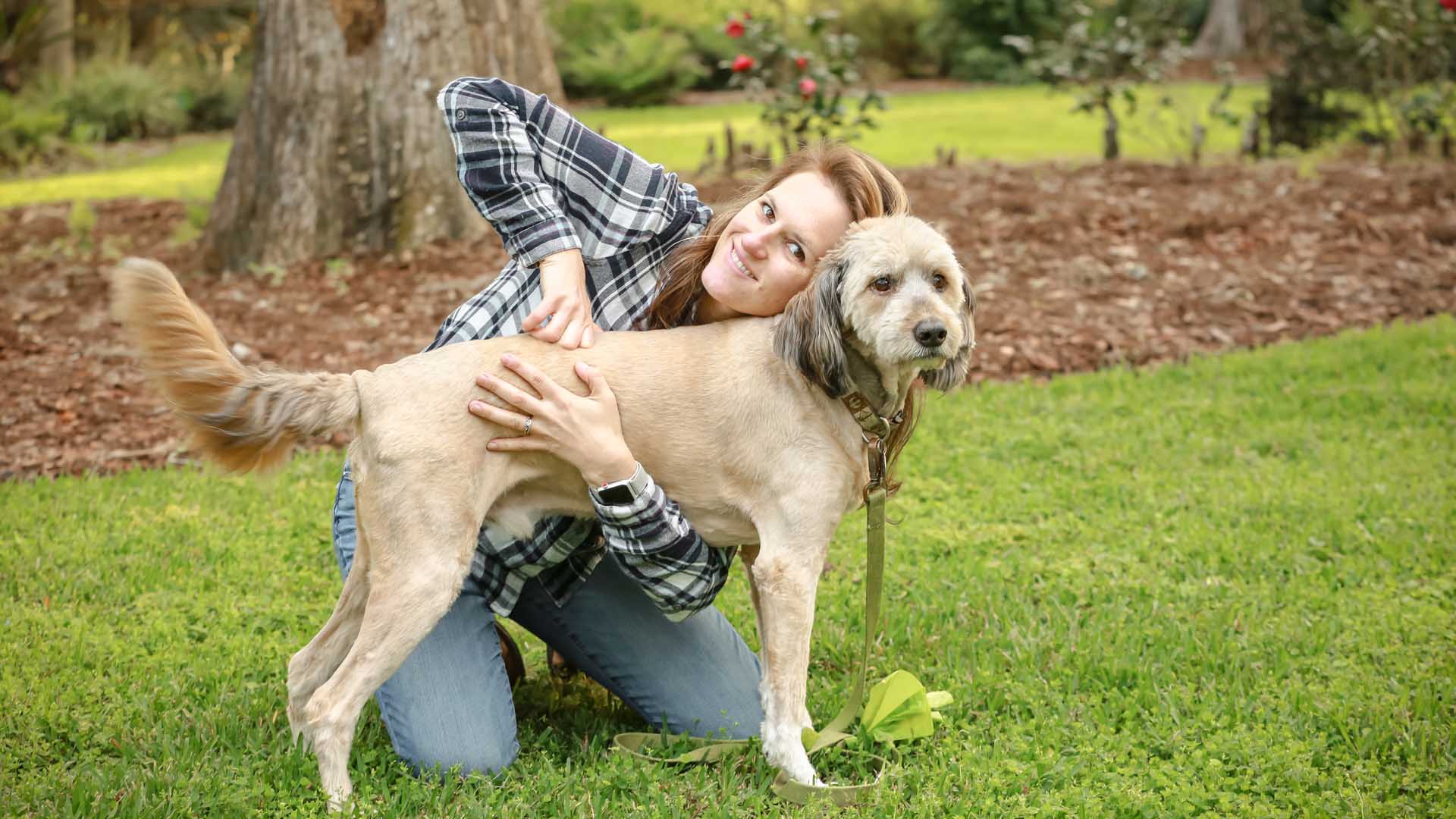In the realm of health and wellness, chiropractic care stands out as a pivotal practice for both humans and animals, focusing on the diagnosis and treatment of mechanical disorders of the musculoskeletal system, especially the spine. Despite sharing a foundational philosophy, the application of chiropractic techniques diverges significantly between humans and our animal companions. This article embarks on a journey to explore these differences, with a special emphasis on the intriguing absence of the familiar “crack” often heard during human adjustments, in the context of animal chiropractic sessions.
Understanding Chiropractic Care: A Cross-Species Perspective
Human Chiropractic Adjustments: The “Crack” Explained
In humans, chiropractic adjustments often result in a distinctive cracking or popping sound. This sound is attributed to the release of gas bubbles from the synovial fluid within the joints—a process known as cavitation. When chiropractors apply a quick, precise force to a specific part of the spine or joint, the pressure within the joint changes, leading to the formation and popping of these bubbles. This phenomenon is not only satisfying to hear for many but also marks the moment of adjustment that can relieve pressure and pain in the area.
Animal Chiropractic Care: A Softer Approach
When it comes to animals, chiropractic care takes on a gentler approach. The anatomy of animals, particularly vertebrates like dogs and horses, requires adjustments that are specifically tailored to their unique physical structures and needs. Animal chiropractors, whether they’re dog chiropractors or equine chiropractors, undergo specialized training to understand these anatomical nuances and apply techniques that are safe, effective, and comfortable for the animal.
Why the “Crack” Is Rare
The reason why the “crack” is seldom heard during animal adjustments boils down to a few key factors:
-**Joint Structure:** The joints in animals, especially those in larger animals like horses, have different configurations and properties compared to human joints. Their joints are often more flexible, with a different tension in the joint capsule, which affects the likelihood of cavitation.
– **Adjustment Technique:** Animal chiropractors tend to use more gentle and precise techniques that focus on the specific biomechanical needs of the animal. The force applied is carefully controlled to ensure the safety and comfort of the animal, often resulting in adjustments that do not produce a loud crack.
– **Animal Response:** Animals cannot verbally communicate their feelings during an adjustment, necessitating a softer approach. Chiropractors must rely on the animal’s body language and reactions to guide their adjustments, further emphasizing the need for gentle techniques.
The Benefits of Chiropractic Care for Animals
Despite the absence of the audible crack, animal chiropractic care provides numerous benefits, including enhanced mobility, decreased pain, and improved performance in athletic animals. Holistic animal care practitioners view these adjustments as a crucial component of a comprehensive wellness plan, addressing issues from joint discomfort to nerve dysfunction without invasive procedures.
Incorporating Chiropractic Care into Holistic Animal Health
Holistic animal health embraces a variety of treatment modalities to support the well-being of pets and livestock. Chiropractic care, as part of this holistic approach, complements other treatments such as acupuncture, herbal medicine, and nutritional counseling. By considering the animal’s overall health and lifestyle, practitioners can provide a balanced and effective care plan that promotes long-term wellness.
Q&A Section
**Q: What’s the main difference between chiropractic care in humans and animals?**
A: The main difference lies in the application of techniques, with animal chiropractic care being more gentle and tailored to the unique anatomical and physiological needs of different species.
**Q: Why don’t we often hear the “crack” during animal chiropractic adjustments?**
A: The absence of the “crack” in animal adjustments is due to differences in joint structure, the gentle techniques employed, and the need to adjust force based on the animal’s comfort and safety.
**Q: Can all animals benefit from chiropractic care?**
A: Many animals can benefit from chiropractic care, especially those experiencing mobility issues, pain, or performance challenges. However, it’s important to consult with a trained animal chiropractor to determine the suitability and specific needs of each animal.
Chiropractic care for animals offers a gentle, effective way to address musculoskeletal issues, enhancing their quality of life without the need for invasive procedures. As the field continues to evolve, the integration of chiropractic care into holistic animal health practices underscores the commitment to providing compassionate, comprehensive care for our animal companions.
Sources:
- **International Veterinary Chiropractic Association (IVCA)** – Provides insights into the principles and practices of animal chiropractic care.
- **American Veterinary Chiropractic Association (AVCA)** – Offers resources on the benefits and techniques of chiropractic care for animals.
- **Journal of Animal Chiropractic** – Contains research articles and case studies on the effects and methodologies of chiropractic adjustments in animals.

